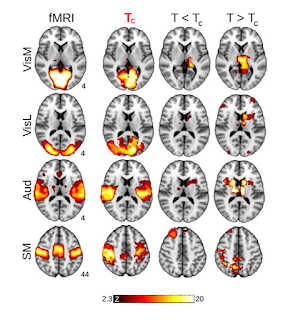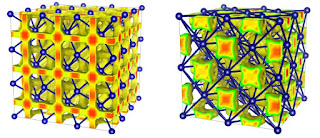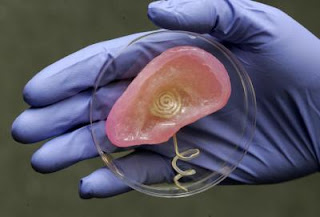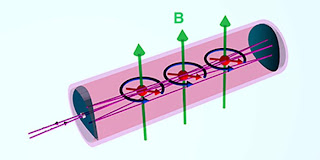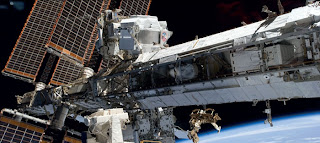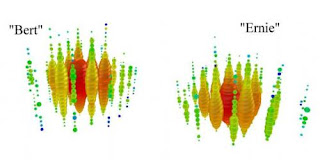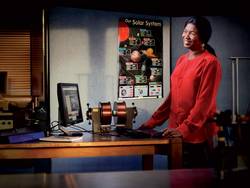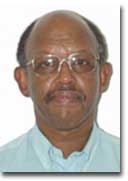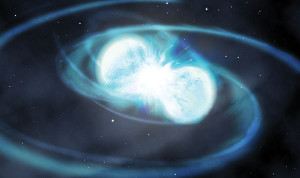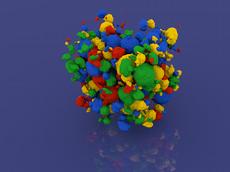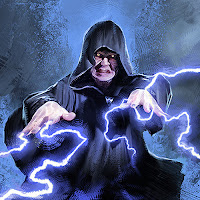 |
| Kiera Wilmot |
Throughout his childhood, Thomas Edison was full of curiosity about how things worked and always asked a lot of questions. He didn't do very well in a traditional school setting, and often got punished for annoying the teacher with too many questions. As a result, after the age of twelve, he was home-schooled by his mother. His interest in science was first sparked when his mother bought him his first scientific book, The School of Natural Philosophy. He thoroughly studied the book and performed all the experiments described in it at home. He soon set up his own laboratory in his room and began performing original experiments. After a few disasters, he was asked by his parents to move his laboratory to the basement. The explosions from the basement constantly shook the house, often upsetting his father.
But...the experiments did NOT stop.
A motivational speaker once used Edison as an example of perseverance.
Lab Assistant (exasperated after an explosion):
When are you going to give up this STUPID idea? That was the 9,999th time you have NOT invented this light bulb! You could have gotten us killed!
Edison:
That's right. This is the 9,999th trial. But, please make note of the explosive application that might prove useful later...
I've referenced my own 1st experiment as a
spectacular explosion. It was my parents' support that carried me through some rough times in science, one of which my middle school science teacher called me "a big dummy" in front of class. I LAUGHED in his face! Did he want me to kowtow to his lowered expectations? Did he not know
Lewis Latimer aided Edison in his "stupid idea"? Who DID he think he was? When you have confidence and support from loved ones, you automatically have chutzpah. As I did, this young queen should do so as well: hold your head high.
Sometimes, science can be dramatic, dangerous, and if you survive the adventure: thrilling and invigorating. Not de-emphasizing safety here, just access...to knowledge, and ultimately power and self-determination.
News of Kiera Wilmot’s arrest has seriously unnerved me. She is the Florida high school student who was experimenting with common household chemicals in science class that resulted in a minor explosion. There were no injuries and no damage to school property; however, she was taken away in handcuffs, formally arrested and expelled from school.1
A 16 year old Florida student with good grades, who is described by her principal as a “good kid”, is now facing felony charges for a science experiment gone wrong.2
Really?
A few probing questions...
Where was the teacher? Answered: this was done before classes began.
Who was harmed? Answered: no one.
What do we do with white collar computer hacks? Answered: we tend to hire them to IT firms.
What are we doing to give the next generation enthusiasm towards STEM careers in a globe increasingly complex, defined by science advancing at light speed, needing this kind of adventurous wonder, when life-and-death decisions are going to be predicated on how deep their critical thinking skills are, their sense of wonder is developed?
...Nothing!
And lastly: which side of the criminal justice system would you rather see Kiera on?
Answer: I'd prefer her in a research lab, or working at an engineering firm, personally.

1. SciAm The Urban Scientist: Florida teen charged with felony for trying science
2. Your Black World: 16 Year Old Charged With Felony After Science Project Goes Wrong
Change.org:
Bartow Police Chief, Tammy Glofelty - State PA: Drop Felony Charges and Release Kiera Wilmot



